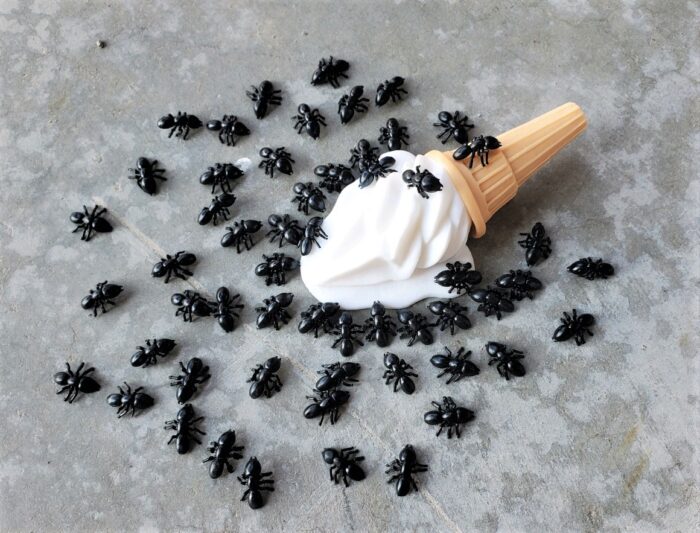Ladies and gentlemen, uh, we’ve just lost the picture, but what we’ve seen speaks for itself. The Animal Toy Blog has apparently been taken over, ‘conquered’ if you will, by a master race of giant space ants. It’s difficult to tell from this vantage point whether they will consume the blog reviewers or merely enslave us.
Sei Whale (Wild Safari Sealife by Safari Ltd.)
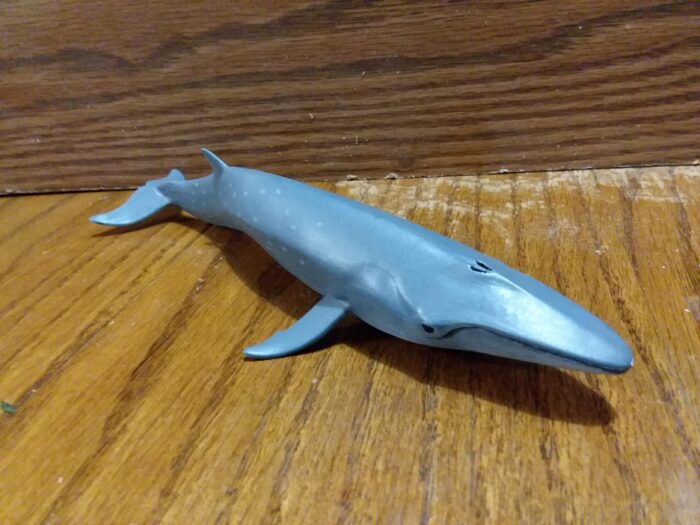
American White Pelican (Wings of the World by Safari Ltd.)
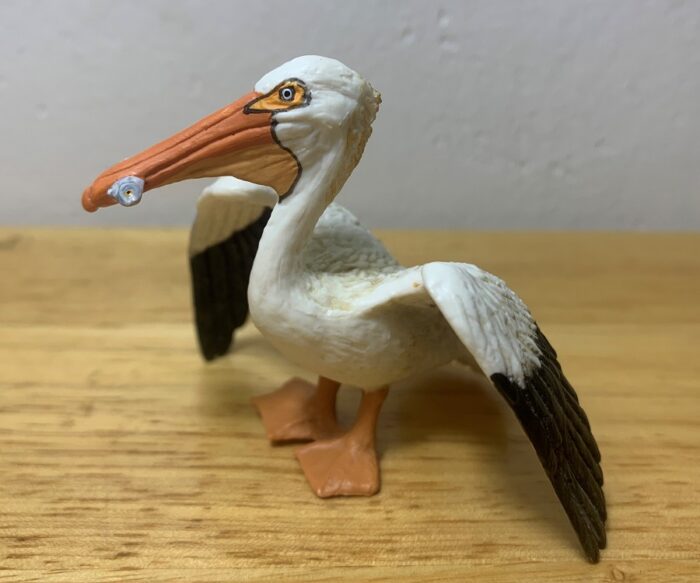
The American white pelican (Pelecanus erythrorhynchos) is one of the largest birds in North America. Measuring 4-6’ (1.2-1.8 meters) in length, only the trumpeter swan matches it in length. With a wingspan of 8-10’ (2.4- 3 meters), only the California condor has a wider spread. Such a wingspan is required because the white pelican is also a heavy bird, weighing 11-20 lbs.
Dromedary, pair (Noah’s Pals by Caboodle! Toys LLC)

Well, here we are. We have reached the end of Summer, and of the “Savanah Summer” series of reviews. Still, while it is still here, we can enjoy the summer sun with one last review. Heading to the north of Africa, we see masters of life in the sand and heat, the dromedary camel (Camelus dromedarius).
Jellyfish (Incredible Creatures by Safari Ltd.)
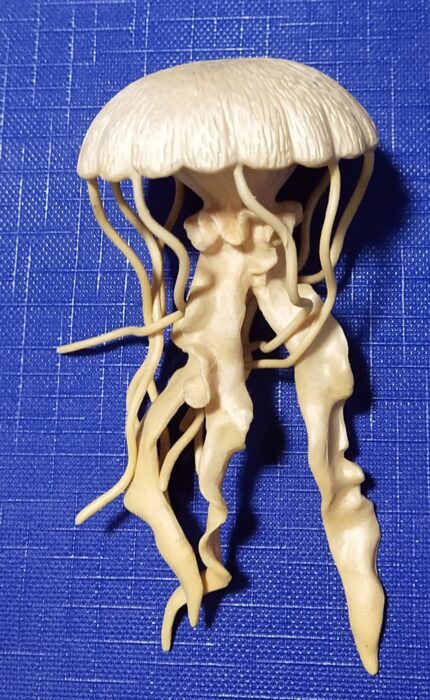
Review and images by JimoAi; edited by bmathison1972
Jellyfish, along with sponges, are among the oldest living creatures on earth. They have been traced all the way back to the Cambrian period, dating back over 500 million years ago. Jellyfish are part of the phylum Cnidaria and are closest related to corals and anemones.
Crabs (Habitat Earth by Play Visions)
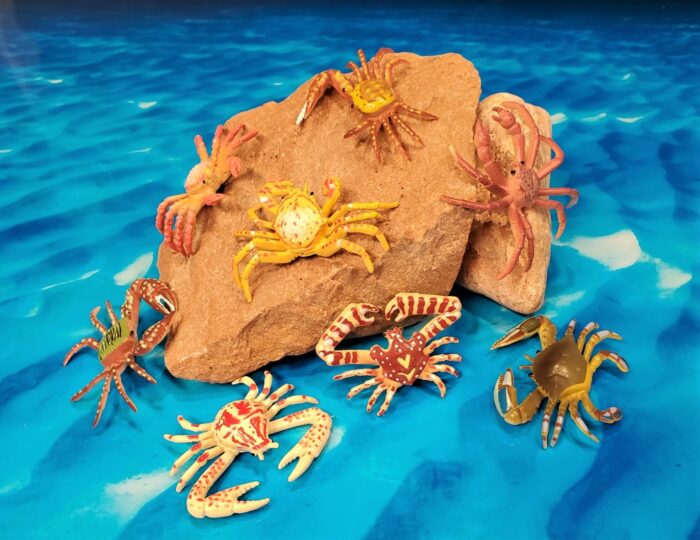
Today is a review of the complete set of Crabs by Play Visions, Habitat Earth series (1996). Another in the taxonomically-diverse sets of animals released by Play Visions in the mid-late 1990s. I have made some taxonomic changes to a couple figures in this set since I first presented it on the ATF back in 2016, so it seems like a good time to introduce it to the Blog!
Anhinga (Wings of the World by Safari Ltd.)
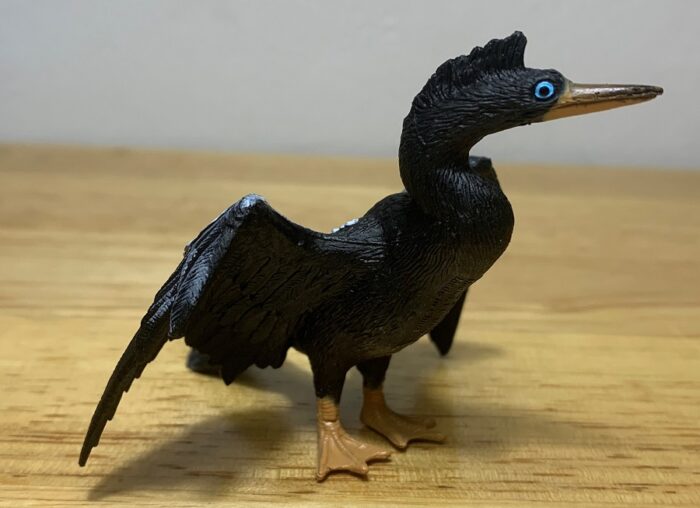
This past week I took a trip to Bombay Hook National Wildlife Refuge in Delaware, a vast tidal salt marsh that for this summer has provided a home to four wayward roseate spoonbills. Seeing these birds got me wanting to review a spoonbill, but alas, I don’t have one. Instead, I’ll settle on another water bird from the American deep south, the anhinga (Anhinga anhinga).
Maine Lobster (Incredible Creatures by Safari Ltd.)

Review and images by Suspsy; edited by bmathison1972
Homarus americanus, better known as the American, Canadian, Atlantic, Maine, or northern lobster, is both the heaviest crustacean and the heaviest of all extant arthropods. Old individuals regularly average around 20 lbs and the record holder, caught off the coast of Nova Scotia in 1977, weighed a staggering 44 lbs, which is heavier than my four year old son!
Fennec Fox (Wild life Africa by Schleich)
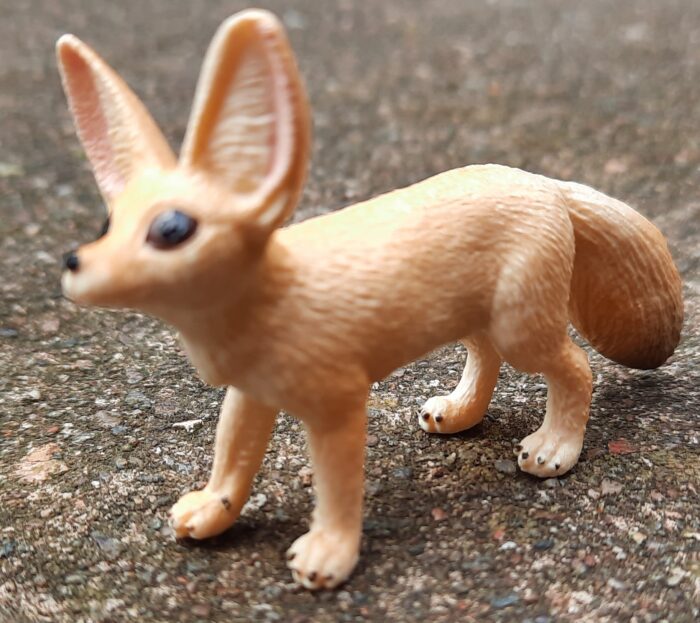
Back to the “Savanah Summer”, and heading to north Africa to see one of the carnivores of Africa. While most will think of the big cats when it comes to carnivorans in Africa, be it Lions and Cheetahs and Leopards, oh my (I know, it’s not as catchy, but roll with it!) but the dogs have their teeth in that part of the world.
Sunflower Sea Star (Animals with Superpowers by Yowie Group)
Gooty Sapphire Ornamental Tarantula (Animals with Superpowers by Yowie Group)
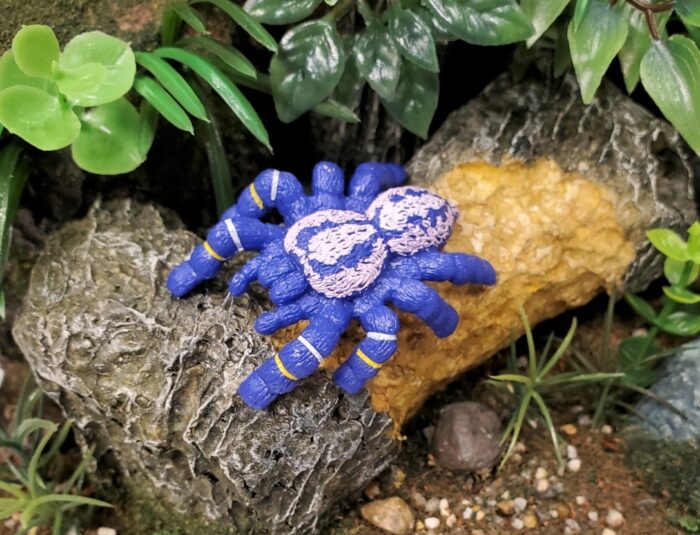
Poecilotheria metallica is a beautiful theraphosid spider from the forests of Andhra Pradesh in India. It goes by several common names, including the Gooty sapphire ornamental tarantula, blue ornamental tarantula, and peacock tarantula, among others. It is an arboreal species, and like many tropical tarantulas, has a very limited geographic distribution, making it prone to population decline.
Japanese Rhinoceros Beetle, life cycle (Bandai Spirits & F-toys)
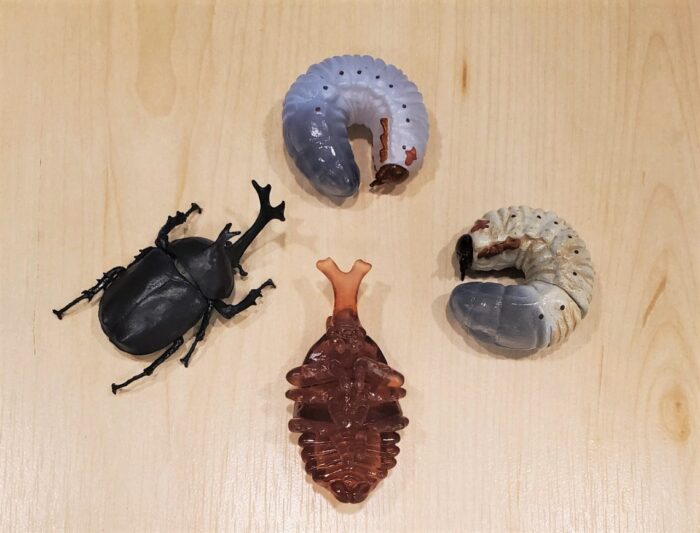
In just under two years ago, on August 21, 2019, I posted the first review here on the Animal Toy Blog. Now, I have the pleasure of posting review #500! Wow, 500 reviews just under two years! Many thanks to all the reviewers who have made this possible!
Allomyrina dichotoma is known as the Japanese rhinoceros beetle in English and kabutomushi in Japanese.

